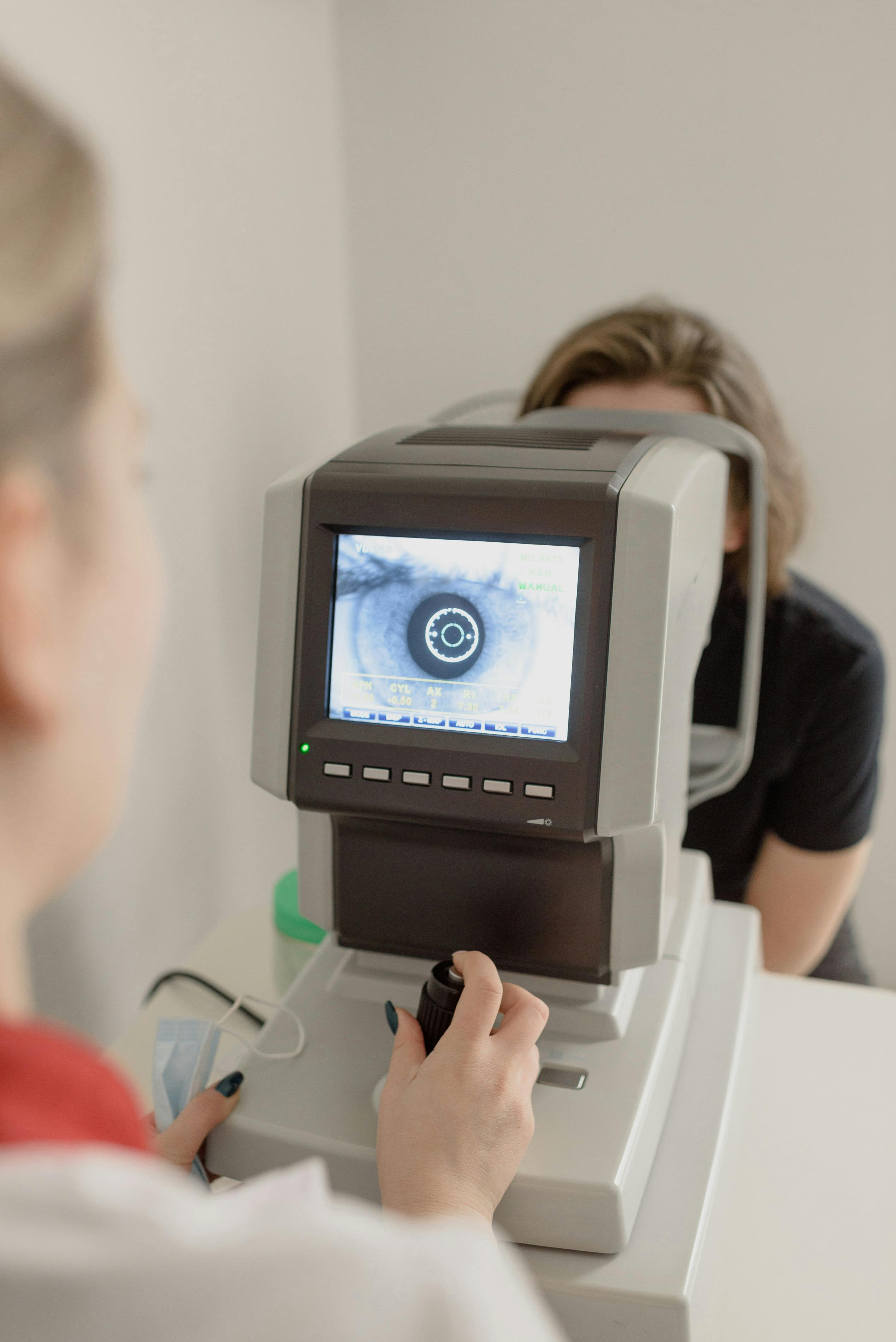
By selecting "Allow All, " you consent to the storage of cookies on your device for the purpose of enhancing site navigation, analyzing site usage, and supporting the provision of free open access scientific content. For more information, click here. A research team from UCL and Moorfields Eye Hospital has identified markers that indicate the presence of Parkinson's disease in patients approximately seven years before clinical presentation. This groundbreaking study, published in Neurology®, the medical journal of the American Academy of Neurology, is the first to reveal these findings several years prior to diagnosis. The research was made possible through the utilization of artificial intelligence (AI) in analyzing eye scans for the presence of Parkinson's markers. The study initially analyzed the AlzEye dataset and validated the discoveries by repeating the analysis using the wider UK Biobank database, which consists of data from healthy volunteers. These findings are significant considering the relatively low prevalence of Parkinson's disease in the population (0. 1-0. 2%). The research relied on the AlzEye dataset, generated by INSIGHT, the world's largest database of retinal images and associated clinical data. The use of eye scans has previously uncovered signs of other neurodegenerative conditions, such as Alzheimer's, multiple sclerosis, and schizophrenia, in the emerging field of research known as "oculomics. " Eye scans and eye data have also proven effective in assessing risks of high blood pressure, cardiovascular disease, strokes, and diabetes. The eye has long been recognized as a window to overall health, and high-resolution retinal images, particularly those obtained through optical coherence tomography (OCT), have become a standard tool in eye care. OCT scans provide detailed cross-sections of the retina, offering valuable information not only about eye health but also about cellular structures beneath the skin's surface. Recent advancements in computer technology have enabled the accurate analysis of large numbers of OCT and other eye images in a fraction of the time it would take a human. By utilizing machine learning algorithms, computers can now uncover hidden information about the entire body solely based on these images. This emerging field, known as oculomics, has tremendous potential. Dr.
Siegfried Wagner, lead author of the study and researcher at UCL Institute of Ophthalmology and Moorfields Eye Hospital, expressed excitement about the discoveries made through eye scans. While it is not yet possible to predict whether an individual will develop Parkinson's, the hope is that this method could eventually become a pre-screening tool for those at risk of the disease. Identifying signs of various diseases before symptoms manifest allows for potential lifestyle changes that can prevent some conditions and delay the onset of neurodegenerative disorders. The research has been a collaborative effort between the NIHR Biomedical Research Centres at Moorfields Eye Hospital, University Hospital Birmingham, Great Ormond Street Hospital (GOSH), Oxford University Hospital, University College Hospital London, and the UCL Great Ormond Street Institute of Child Health. The research partnerships within the NHS have allowed for the maximization of the study's scope and quality. Professor Alastair Denniston, consultant ophthalmologist at University Hospitals Birmingham and professor at the University of Birmingham, highlighted the potential of utilizing eye data and technology to detect early signs of Parkinson's. Expanding imaging techniques within a broader population will significantly impact public health and eventually enable predictive analysis. OCT scans offer a scalable, non-invasive, and cost-effective alternative to brain scans for this purpose. Parkinson's disease is a progressive neurological condition caused by a reduction in dopamine. Previous studies using OCT scans have indicated potential morphological abnormalities associated with the disease, although findings have been inconsistent. This study confirms previous reports of a significantly thinner ganglion cell-inner plexiform layer (GCIPL) and, for the first time, identifies a thinner inner nuclear layer (INL) in patients with Parkinson's. Additionally, it demonstrates that reduced thickness in these layers increases the risk of developing Parkinson's, independent of other factors or comorbidities. Further research is necessary to determine whether GCIPL atrophy is driven by brain changes in Parkinson's or if INL thinning precedes GCIPL atrophy. Exploring these mechanisms could contribute to understanding and diagnosing Parkinson's disease, as well as determining appropriate management strategies. It is worth noting that the study lacked detailed clinical information regarding the specific diagnosis date, treatment patterns, and current therapy of the Parkinson's patients, which could have provided insights into the correlation between retinal changes and disease progression.
None


When Honest Businesses Meet the Dark Side of Search Sarah, an artisanal baker, launches Sarah’s Sourdough and improves her SEO by creating a quality website, sharing genuine baking content, writing blog posts, earning local backlinks, and telling her story ethically

NVIDIA's Market Value Climbs Amid AI Surge and Rising Demand for High-Speed Copper Cable Connectivity NVIDIA, a worldwide leader in graphics processing units (GPUs) and artificial intelligence (AI) technology, has seen its market value soar to unprecedented levels

The October 8, 2025 edition of the Axios AI+ newsletter presents an in-depth overview of the increasingly complex network connecting key players in the artificial intelligence industry.

Hurricane Melissa Has Meteorologists Alarmed The storm, expected to make landfall in Jamaica on Tuesday, has shocked meteorologists with both its strength and the rapidity of its development

In the fast-changing landscape of digital marketing, advertisers are increasingly leveraging artificial intelligence (AI) to boost campaign effectiveness, with AI-powered video personalization emerging as one of the most promising innovations.

Cigna anticipates that its pharmacy benefit manager, Express Scripts, will generate lower profit margins for the next two years as it moves away from relying on drug rebates.

A video is circulating on social media that appears to show European Commission President Ursula von der Leyen, France's former President Nicolas Sarkozy, and other Western leaders admitting to damaging accusations linked to their periods in power.
Launch your AI-powered team to automate Marketing, Sales & Growth

and get clients on autopilot — from social media and search engines. No ads needed
Begin getting your first leads today